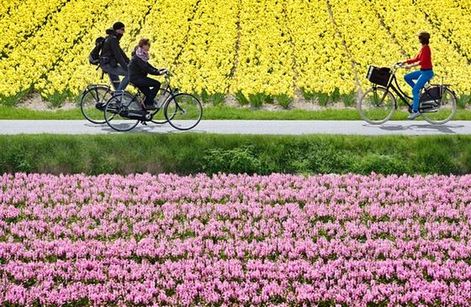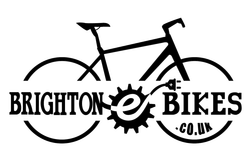|
"Back then what are now quiet one-way streets lined with flowers, trees and bicycles, looked like British streets, dominated by motor traffic. I saw the legacy of the kids’ work in the Pijp: children drawing with chalks on the pavements, playing football, people sitting outside bars and restaurants". "Where British residential streets are too often a race track for rat runners, Dutch streets are quiet, clean and peaceful – an extension of people’s homes, not simply thoroughfares for motor traffic. It was a revelation to me just how great residential streets can be and how easily, with a bit of investment, our streets could become better places for everyone" - Laura Laker, writing in The Guardian. Hopefully the UK will adopt more of this way of thinking in the future. Below: An interesting short video explaining how the children living in the Amsterdam neighbourhood De Pijp fight for a play street without cars in 1972, arguably the start of the Dutch cycle revolution.
0 Comments
Leave a Reply. |
|
Brighton E-bikes
- Home
- About
-
Store
- Bafang BBS motor and battery kits >
-
Lekkie® Bling Rings
>
- Bling Ring BBS01/02(B) - 36T
- Bling Ring BBS01/02(B) - 40T
- Bling Ring BBS01/02(B) - 42T
- Bling Ring BBS01/02(B) - 46T
- Bling Ring BBS01/02(B) - 52T
- Lekkie BBS01/02(B) spacer
- Bling Ring BBSHD - 36T
- Bling Ring BBSHD 40T Bundle
- Bling Ring BBSHD 40T Sprocket only
- Bling Ring BBSHD - 42T
- Bling Ring BBSHD - 46T
- Bling Ring BBSHD - 52 tooth
- Lekkie BBSHD spacer
- Bling Ring Pro 40T HD bundle
- Bling Ring Pro 42T HD
- Lekkie Buzz Bars crank arms
- Final drive cover BBS01/02
- Final drive cover BBSHD
- Lekkie BB86/92 Adapter
- Lekkie PF30 Adapter
- Lekkie 5mm Motorspacer
- Lekkie Onenut
- Lekkie Four-42 Socket
- Lekkie Sixteen-44 Socket
- Complete electric bikes >
- Bafang BBS01/02(B)/HD parts and accessories
- Contact
- Gallery
- Testimonials
- Blog
- Useful links and resources
- Terms and Conditions
LocationHove
Brighton East Sussex United Kingdom Test rides and demonstrations by prior arrangement.
Contact the workshop direct on 01273 930700 or email [email protected] |
|




